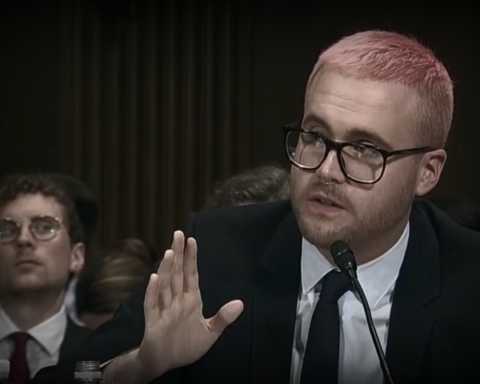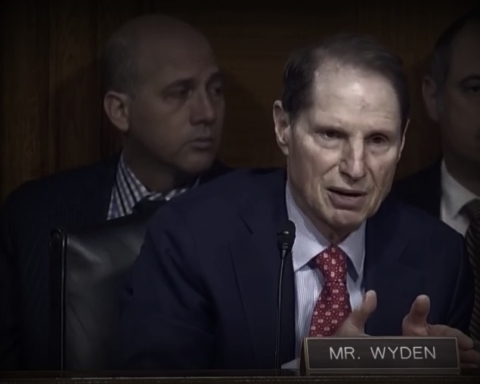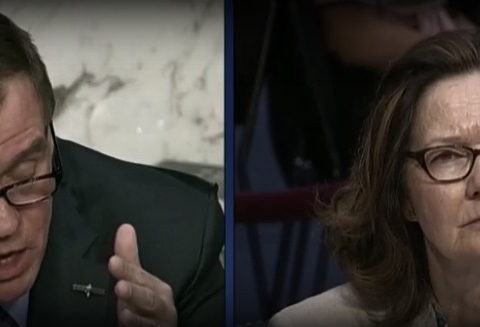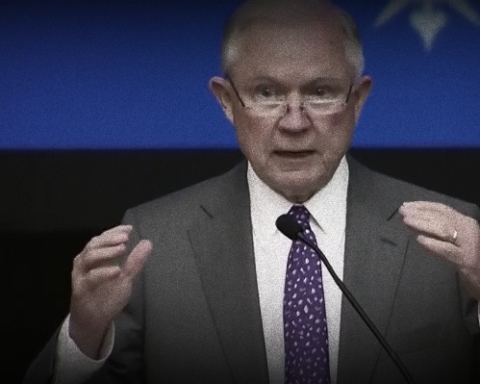The release of more information about the Bush administration’s CIA torture program is imminent. White House Press Secretary Josh Earnest announced Monday that an unclassified version of the Senate intelligence committee’s report on the regime will be published on Tuesday.
But the educational value of Tuesday’s release depends on redactions. If marker-happy staffers and lawyers have their way, Americans might be left with more questions than answers. It appears that scenario will be likely–the summary is said to contain a mere eight percent of the classified version’s 6,000 pages.
That hasn’t stopped officialdom from issuing dire warnings about the supposed perils of publication.
On Friday, John Kerry called the intelligence committee chair, Sen. Dianne Feinstein (D-Calif.), to fret about the report’s release.
“He discussed the implications of the timing,” department spokesperson Jen Psaki said on Monday, while reiterating that both Kerry and the administration claim to support publication of the unclassified report. “I’m not going to get more specific than that.” Last Thursday, the State Department warned embassies to review “mission security posture in advance of the upcoming release of the report.”
And after Earnest’s statement, the Pentagon announced that military leaders are “taking appropriate force-protection measures in case there is unrest” as a result of the publication.
The implied calls for secrecy aren’t unique to the Democratic Party or the executive branch, either. House Intelligence Committee chair Mike Rogers (R-Mich.) said on CNN Sunday that foreign leaders are complaining the report’s publication “will cause violence and deaths.”
If this sort of apocalyptic refrain sounds familiar, that’s because it is. Since 2010, when WikiLeaks started publishing material disclosed by former US Army Pvt. Chelsea Manning–records about the wars in Iraq and Afghanistan, video footage of a 2007 massacre carried out by US forces in Baghdad, records about prisoners in Guantanamo Bay, and hundreds of thousands of diplomatic cables–we have repeatedly been told by federal officials that discussing proof of American brutality is hazardous; that it amounts to conspiracy to commit mass murder.
That “blood on hands” mantra was parroted in the wake of former National Security Agency contractor Edward Snowden’s revelations. And after the other five times President Obama’s Justice Department used the 1917 Espionage Act to charge whistleblowers and leakers for making public disclosures.
Yet government spokespeople have not been unable to come up with any sort of body count attributed to Manning, Snowden, or any other purveyor of classified information.
But that does not appear to be the point. Playing Chicken Little over information might not win government officials any truth telling contests. It does, however, change the tenor of the discussion to the benefit of spooks. How many spokespeople had to answer questions on Monday about the possibility of Bush administration officials facing criminal charges? Do Obama administration officials involved in the White House’s targeted killings program fear that similar questions could one day be asked of them?






